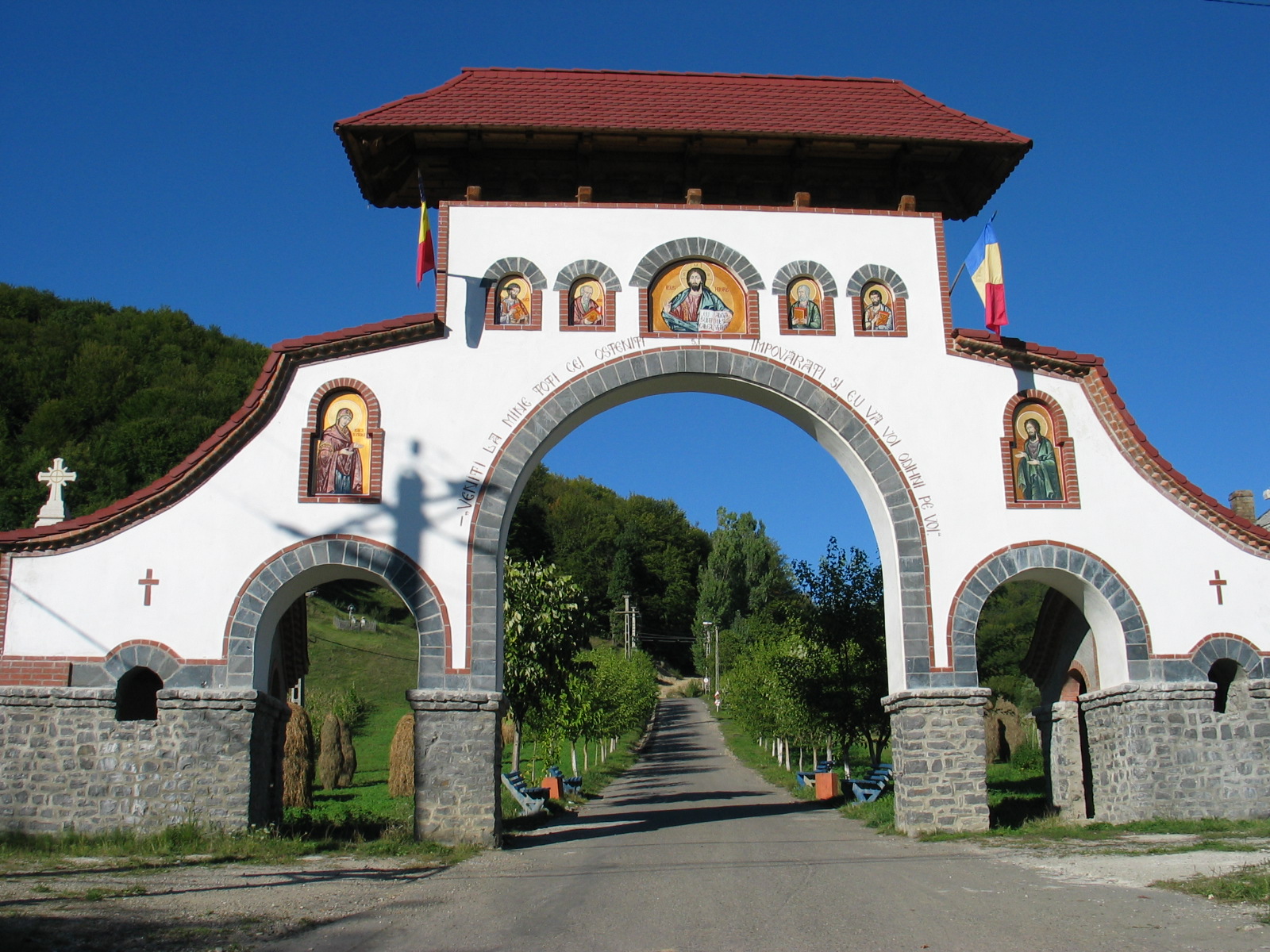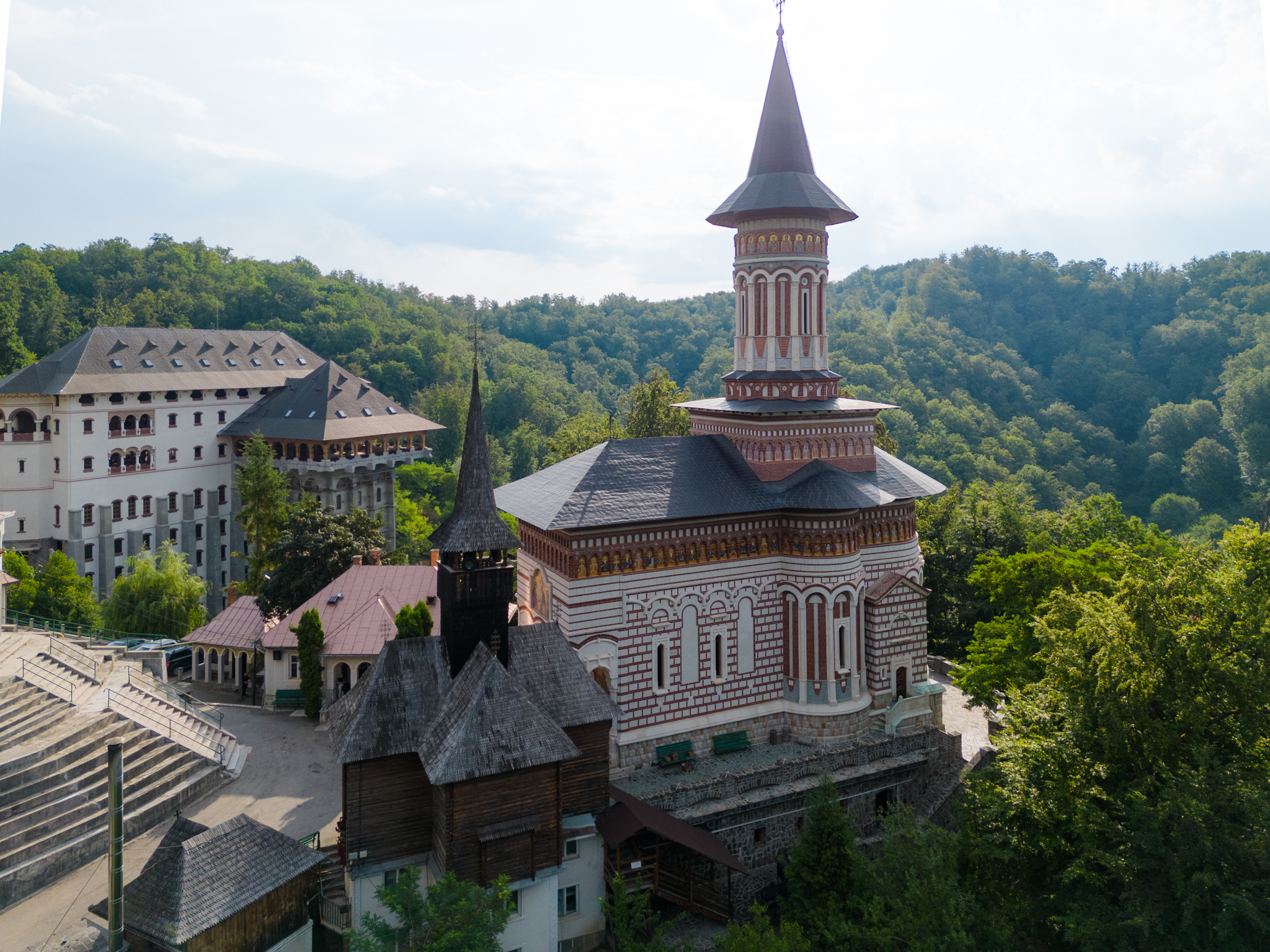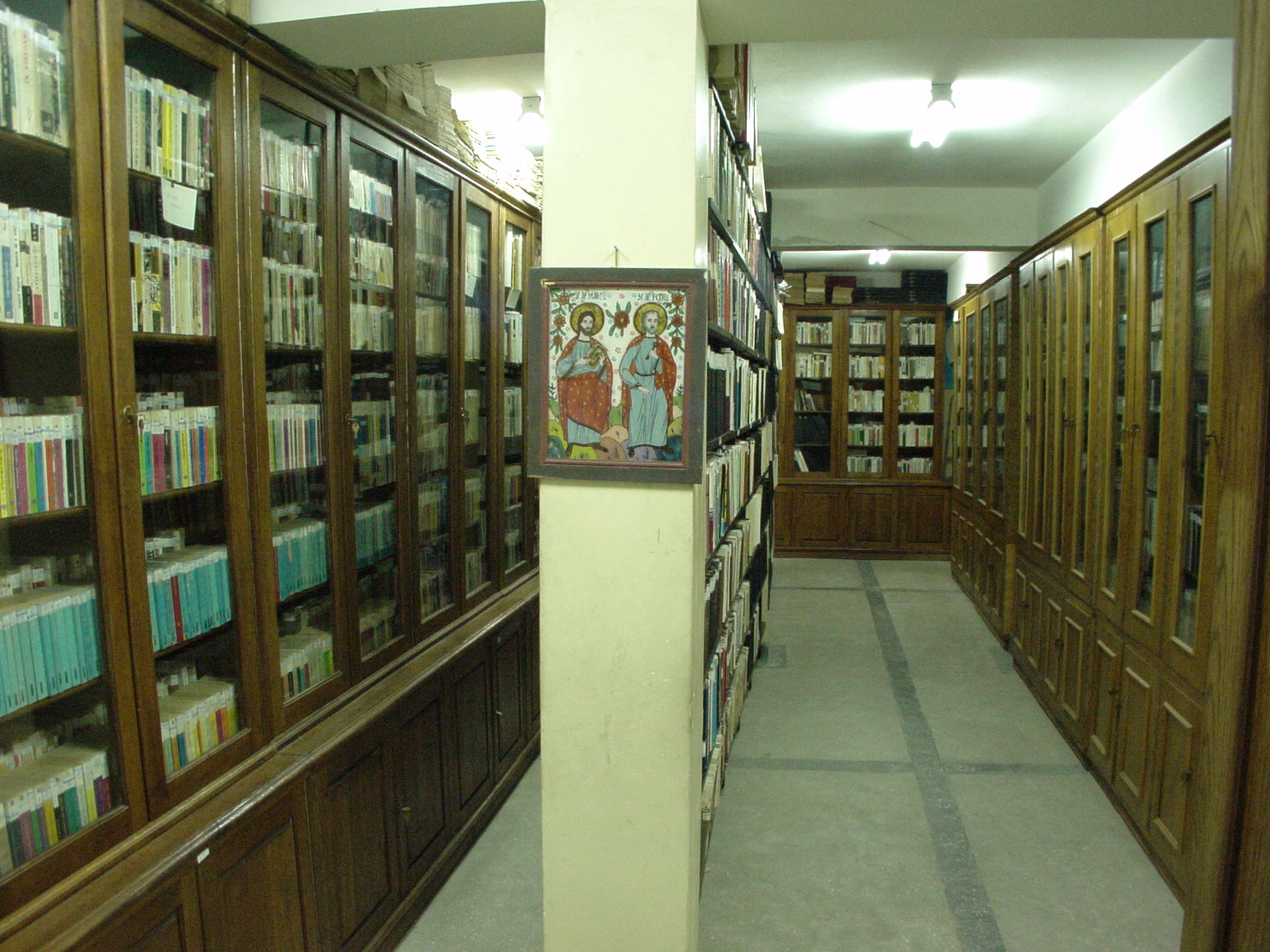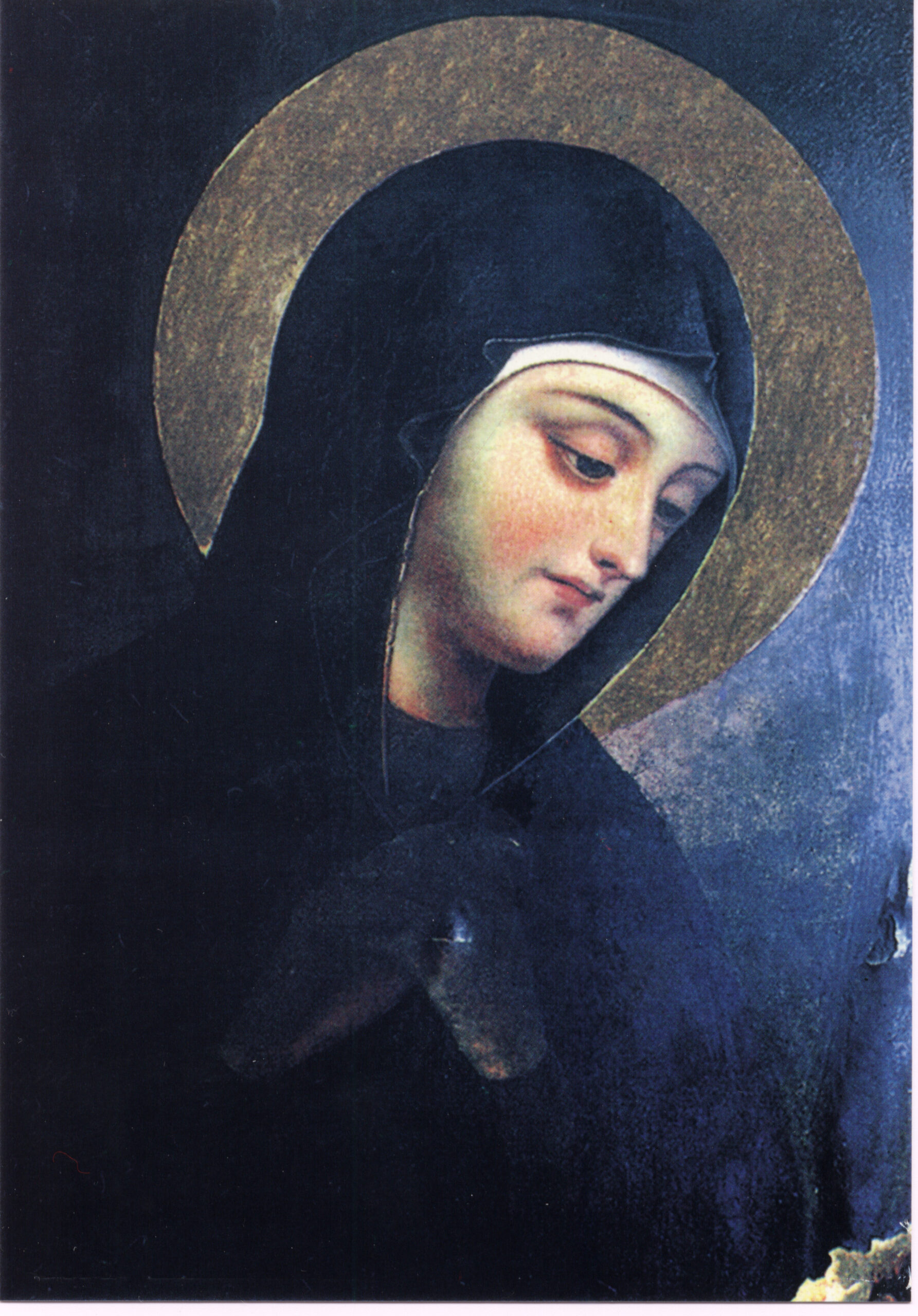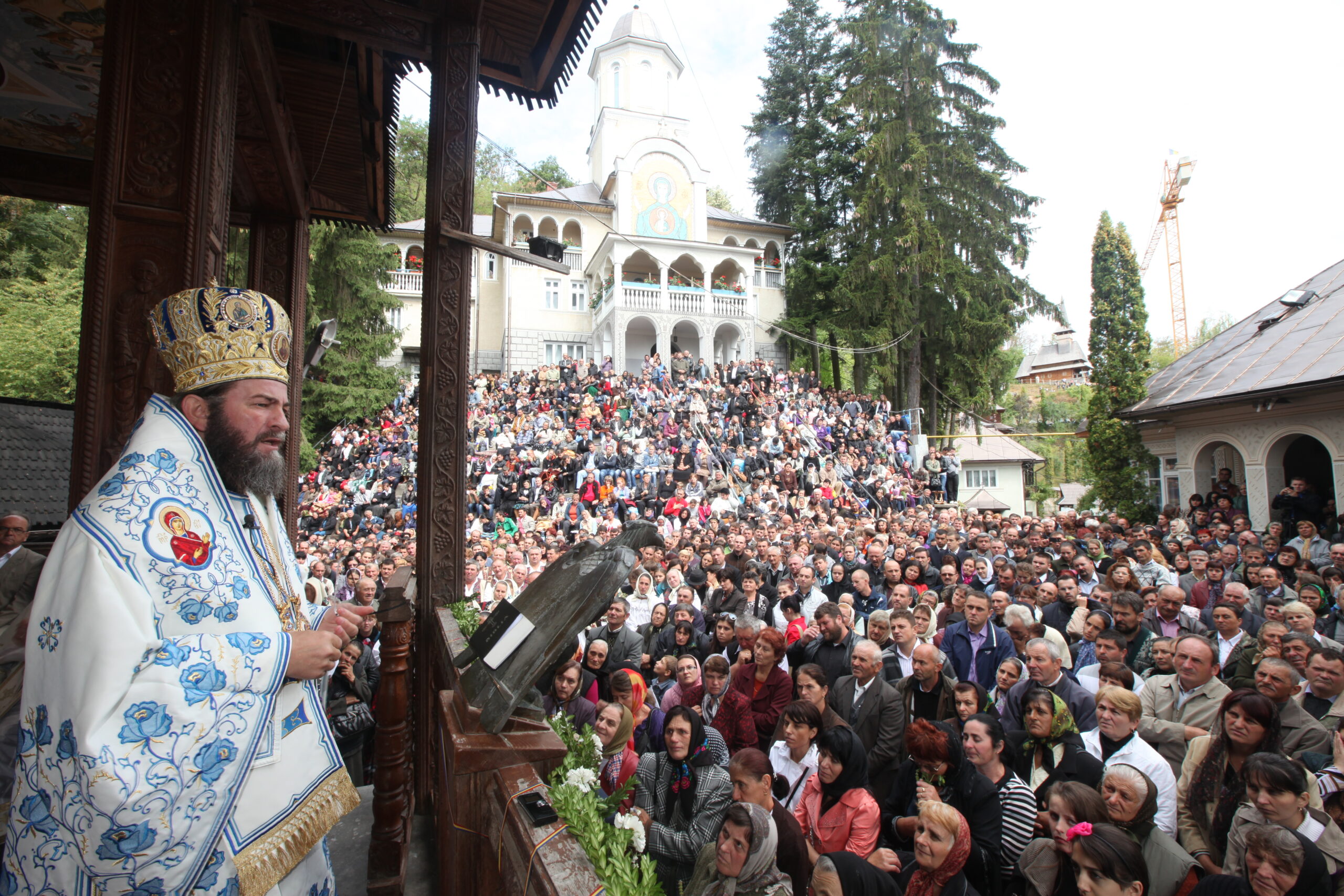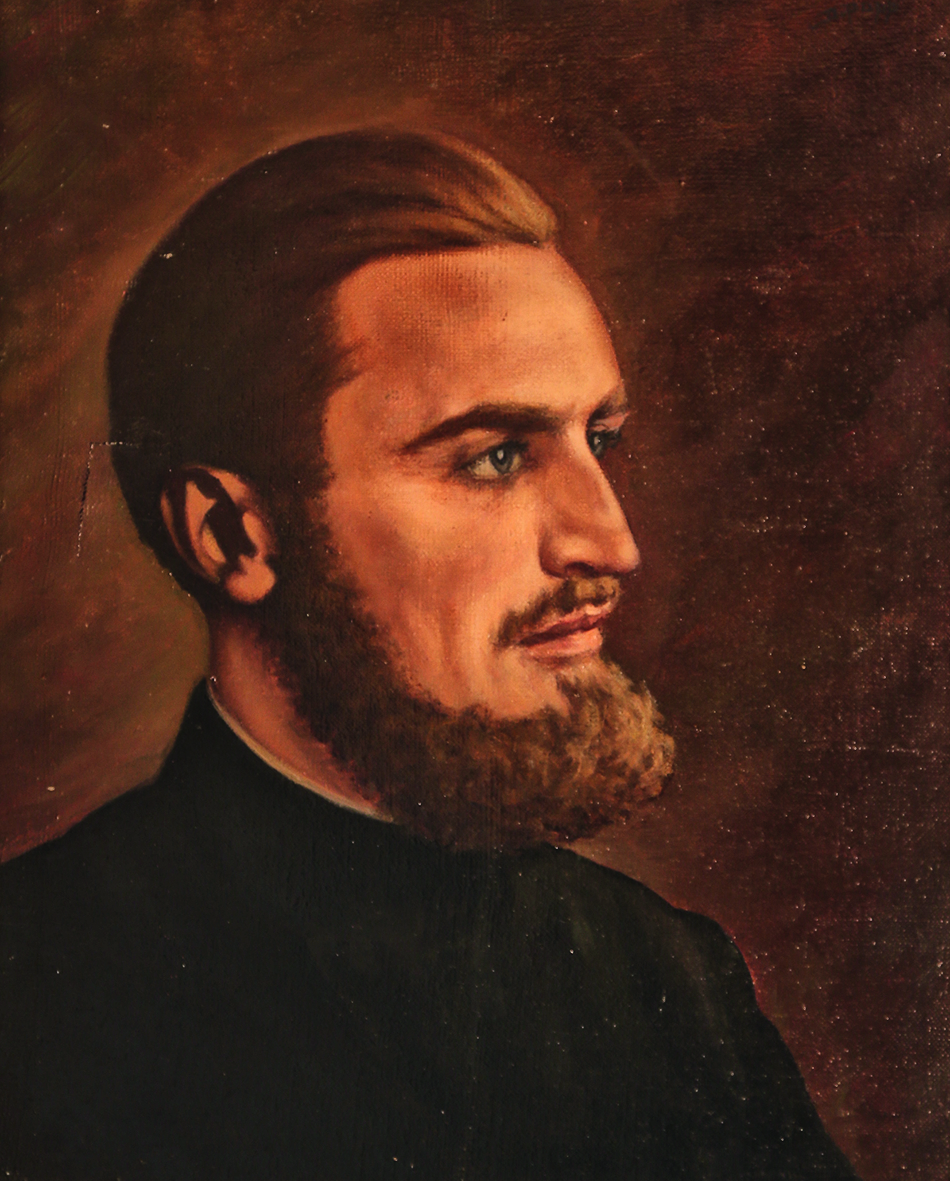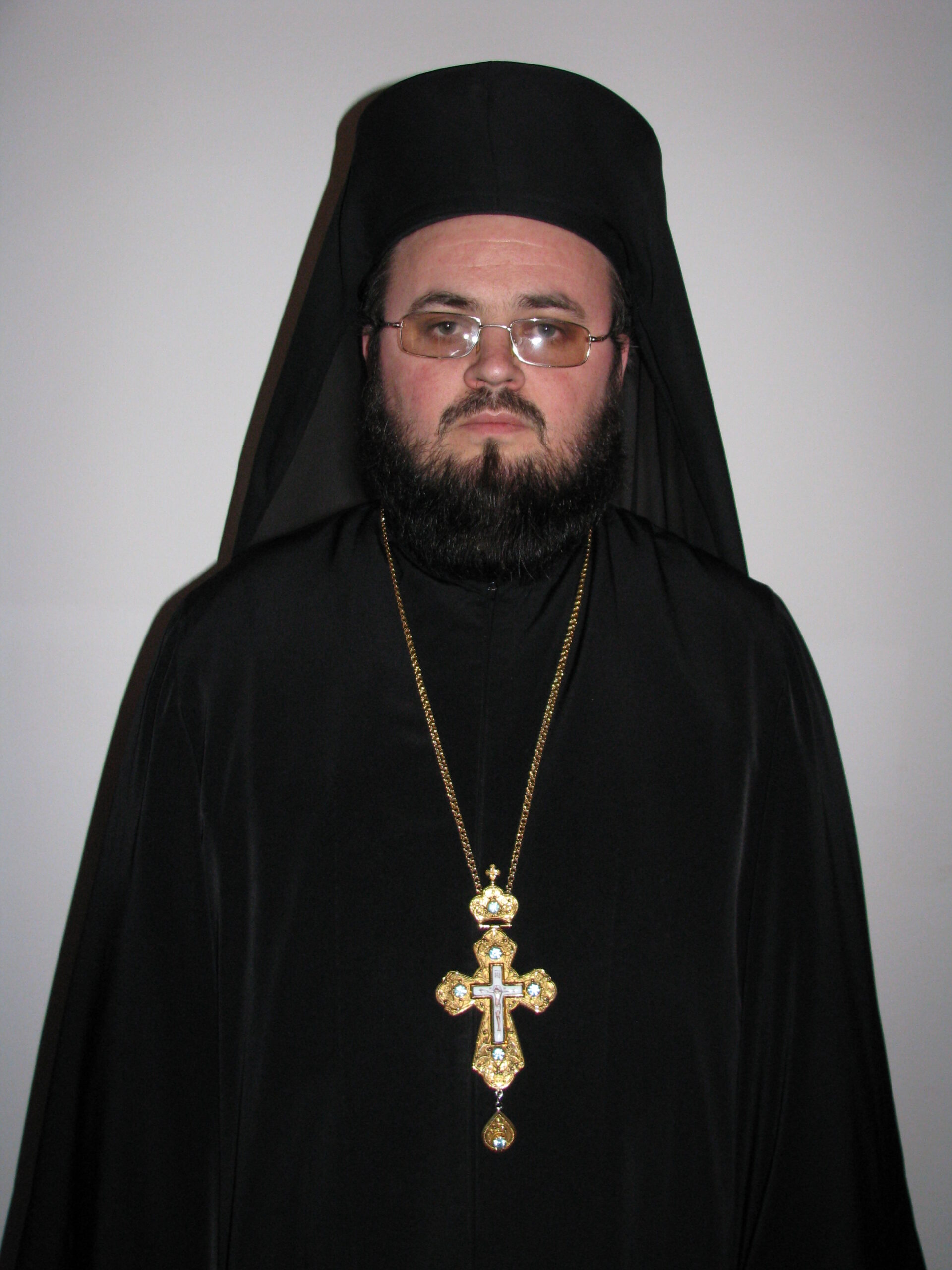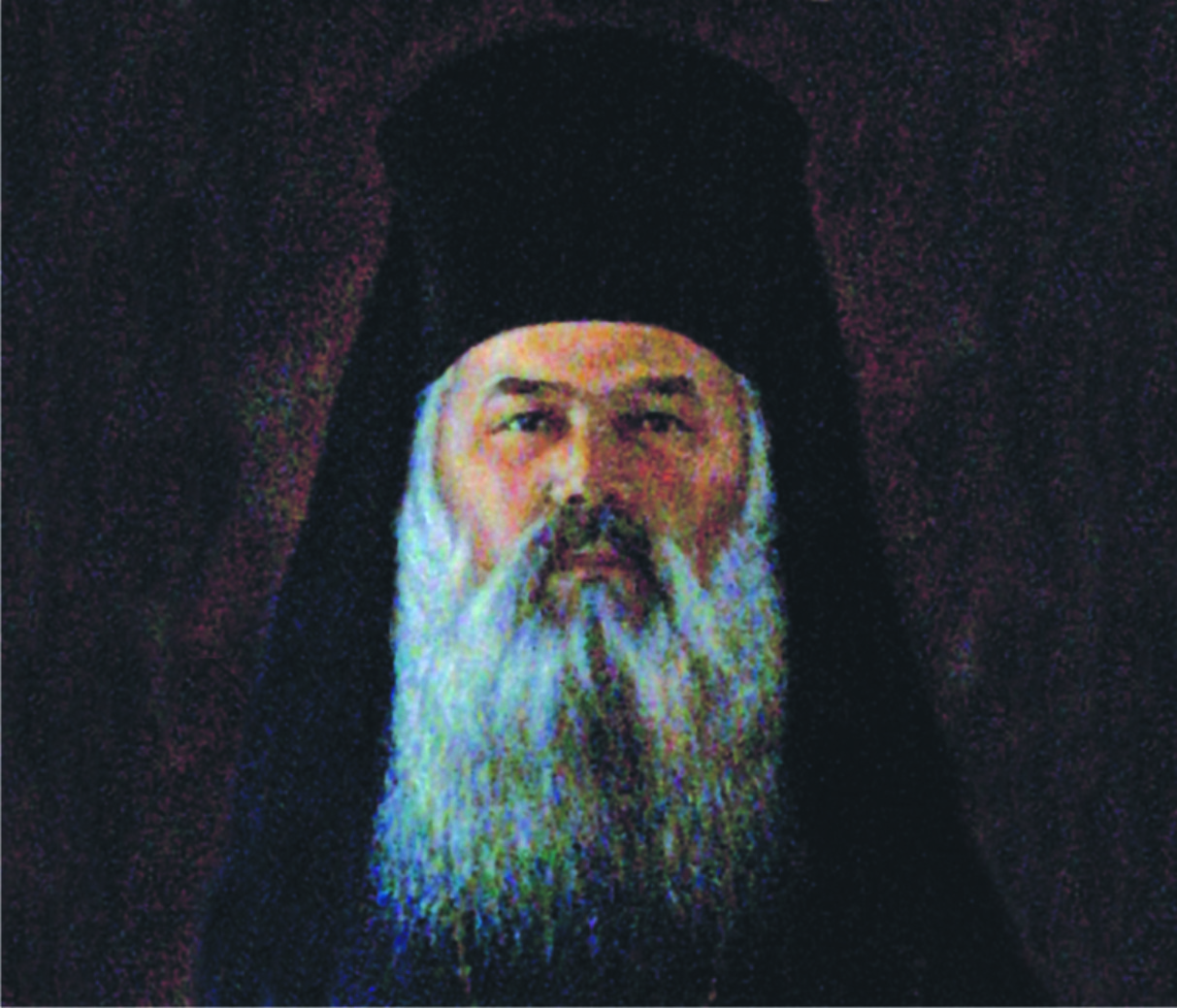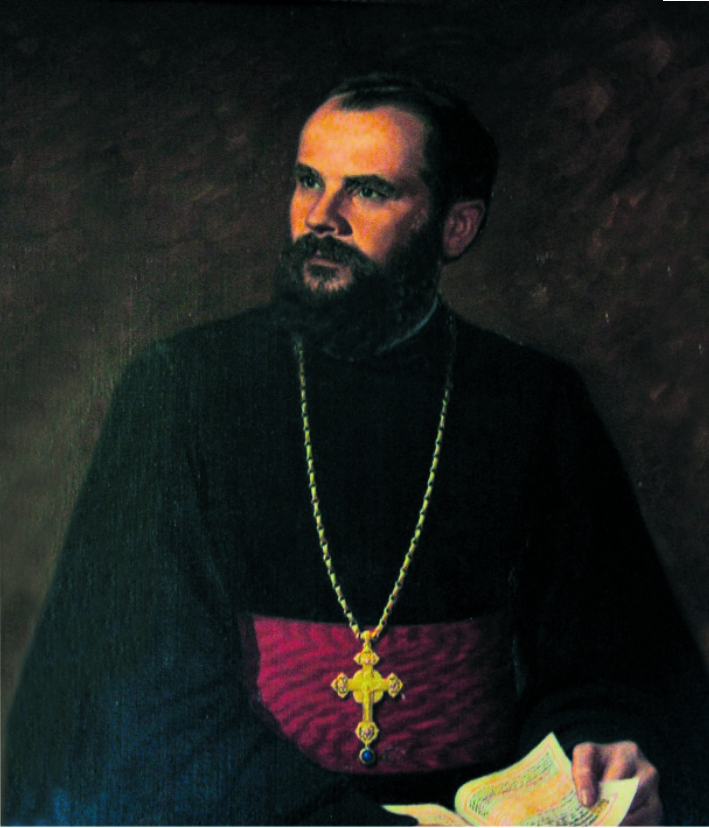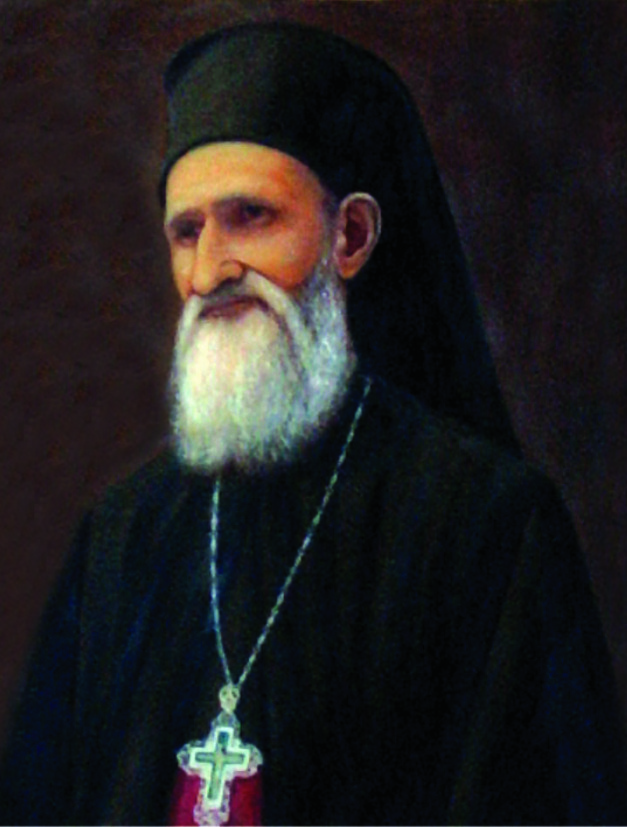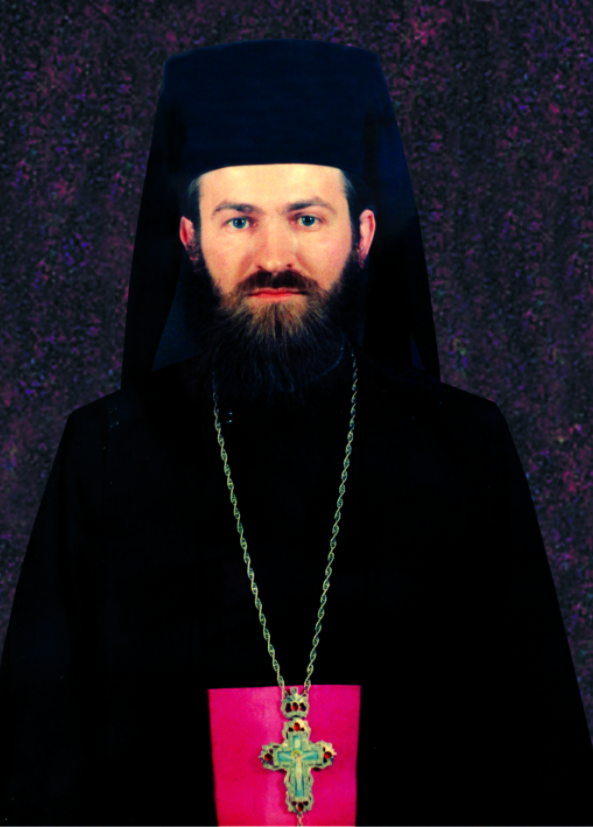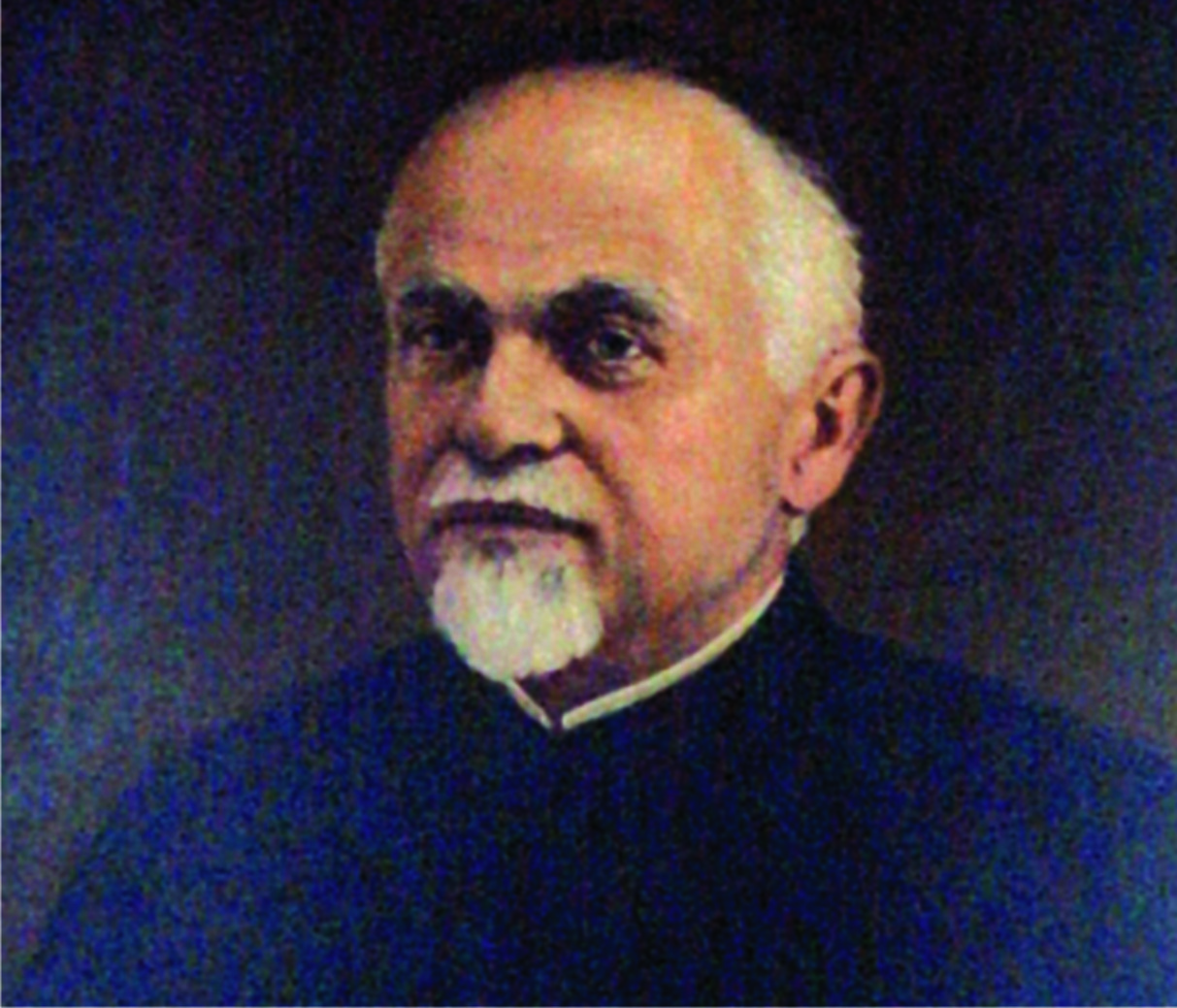Saint Anne (Sfânta Ana) Monastery, Rohia.
Address: 18 Aleea Mănăstirii, Rohia 435612, Maramureş County, Romania
Phone: +440 262 387 605
Email: manastirearohia@yahoo.com
Website: http://www.manastirea-rohia.ro
Among the valuable church and religious art monuments, which attract the admiration and appreciation of visitors from the country and abroad, a leading place is occupied by the The “Saint Ana” Monastery from Rohia, in ” Lapuşului Land”, Maramureş County. Located in a picturesque setting, on the ridge of a hill, in the middle of a beech and oak forest, the Rohia Monastery is the privileged place of seekers of peace and comfort, lovers of artistic and natural beauty.
The beginnings of the monastery are related to the person of the Romanian Orthodox priest, Nicolae Gherman (1877-1959), parish priest in the village at the foot of Vineyard Hill – Rohia, hill on which the monastery is located. The founding priest erected the monastery in memory of his daughter, the child Anuţa, whom he lost, being called to the Lord in November 1922, at the age of only 10. This little girl became a herald of God’s will because, nights in a row, the child would appear in a dream to her father, asking him to erect a “house of the Virgin Mary” on the Viei Hill, on the border of Rohia. At first, the grieving father kept his dreams in his heart, until one day a faithful woman, named Elijah’s Flower, came to him and said: “Father, why don’t you listen to the voice of God, who commands You through the child Anuta, to build a home to the Mother of God on the Hill of the Vineyard?” Confused the father asked her – “What house shall I make to the Mother of God?” to which the woman replied – “Convent to do, father!” At that moment Father Nicholas realized that it was a divine judgment, and filled with peace of mind, he decided to erect a monastery in memory of his daughter and for the comfort of the faithful in these areas. Supported by his fellow villagers, the priest decided to build the Holy Monastery in a clearing called “at Pintea’s oak” where, according to custom, a cross was placed. A few days later, however, they were astonished to find that the cross they had placed in the clearing was no longer in place, but was somewhere else, precisely on the spur of the hill, on a cliff. Suspecting that a malevolent hand had made this move, the cross was brought and placed in its place, and a believer, named Alexandru Pop remained on guard overnight. Late in the evening, when it began to snow, the believer returned home. The next morning, when he arrived there, although there was no trace on the newly fallen snow, the cross was not in place, but was again found on the site of the present monastery church. All considered that this could only be a revealed sign, showing the place where the church of the holy monastery should be erected. The works for the construction of the church began in 1923.
After many hardships, with great sacrifices and helped by the enthusiasm and arms of hundreds of believers, a modest church and a monastic house were erected within two years.
The monastery was consecrated only in 1926, by the worthy bishop Nicolae Ivan of Cluj, on August 15th, the celebration of the Assumption of the Virgin Mary, which became the monastery’s patron. Thus, “the first settlement of this kind” was founded in the attached Transylvania. For a long time, the settlement remained at the stage of a hermitage, unable to develop due to very difficult access. The monastery would develop after 1965 and especially in 1970, when electricity was introduced and the access road was arranged.
The zeal and dedication of abbots with a real vocation enriched the patrimony of Rohia Monastery, patrimony which today consists of the following values: “The Oak House” (1965), “The House of the Priory” (1969-1972), “The House with Chapel” (1973-1975), “The Poet’s House” (1977-1979), “The Summer Altar” (1980-1983), the “Maramures Gate” at the entrance to the monastery (1988), “The White House” (1988-1992), “The Village Gate” (1999-2001), “Maramures Corner” composed of a house and a wooden church (2001) etc. One of the very important achievements of this settlement was, is and shall remain the fact that here, during its 100 years of existence, hundreds of thousands of Romanians made their aspirations of unity of nation and faith come true.
Today, through the reorganization of the “Saint Ana” Romanian Orthodox Church, the Rohia Monastery is under the canonical protection of the Romanian Orthodox Diocese of Maramureş and Sătmar. It is located in the “Land of Lăpuş”, a beautiful, picturesque and blessed corner of the Romanian country, at about 50 km from Baia Mare Municipality and 43 km from Dej Municipality, on the border of Rohia village belonging to Târgu Lăpuș, in the middle of a beech and oak forest, on the ridge of a hill named “Vineyard Hill”, at an altitude of about 500 m.
Access routes:
The connecting junction to the monastery is the town of Târgu Lăpuș, which is located at a distance of about 9 km from the monastery. Târgu Lăpuș can be reached either on DN 18B Baia Mare – Târgu Lăpuș, or on the Dej – Baia Mare road to Gâlgău locality, and from there to Târgu Lăpuș. It can also be reached on the road Dej – Târgu Lăpuș through Măgoaja. The railway stations with connection to the monastery are Baia Mare, Dej and Gâlgău.


